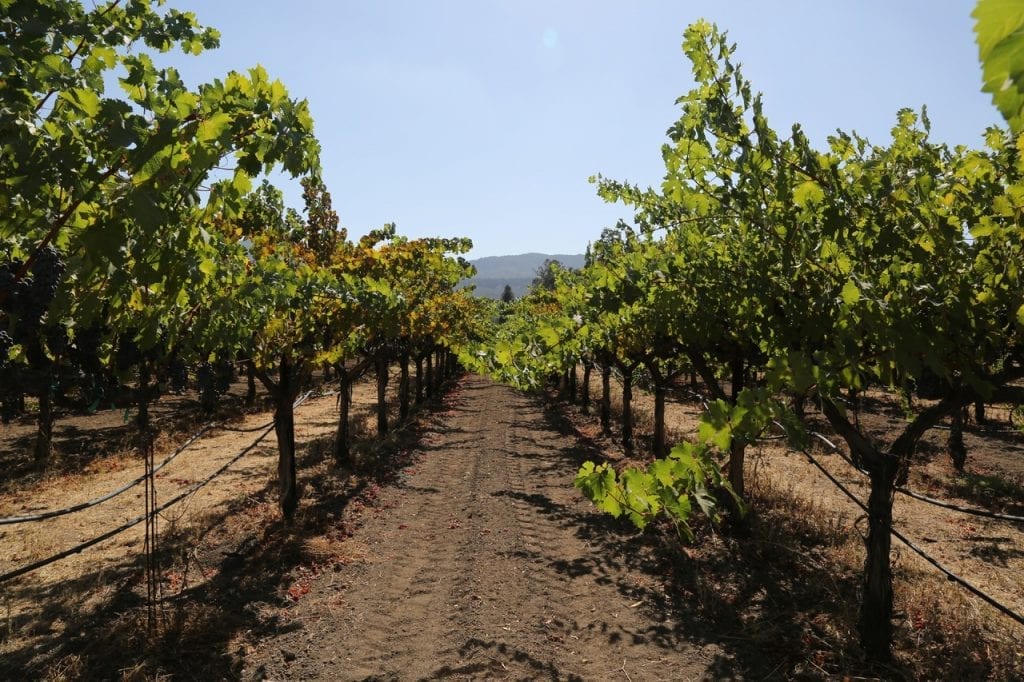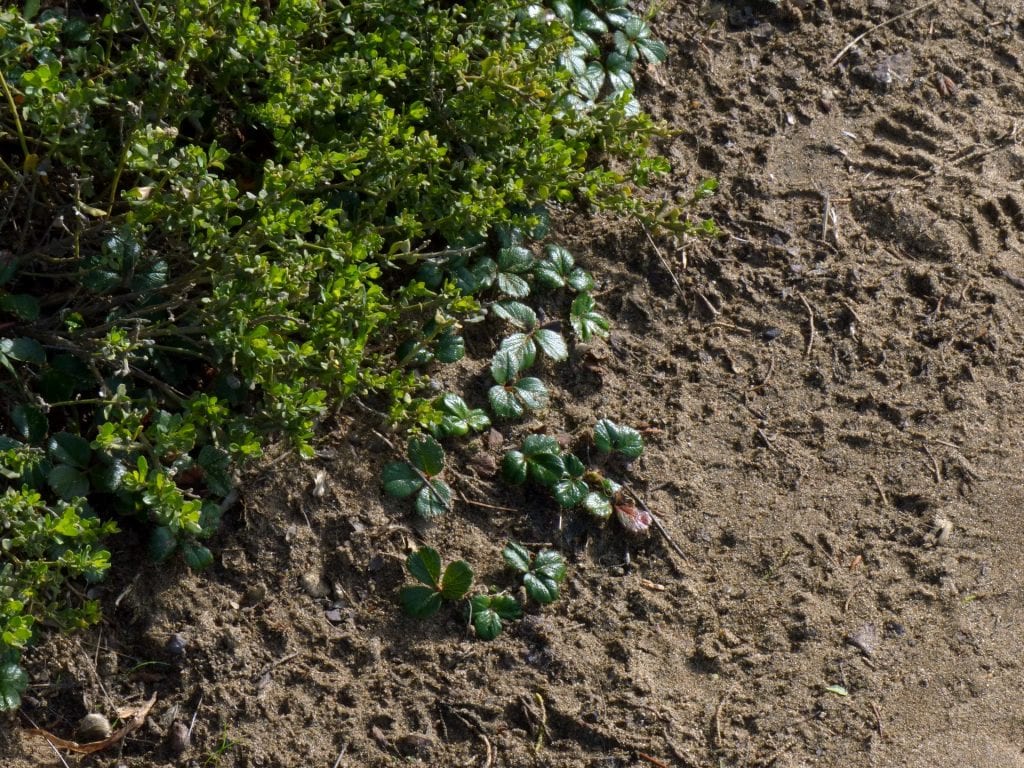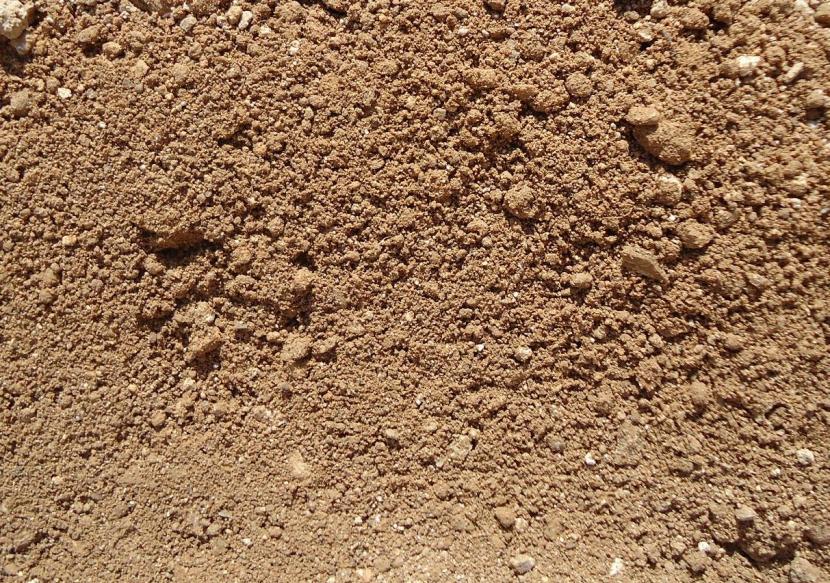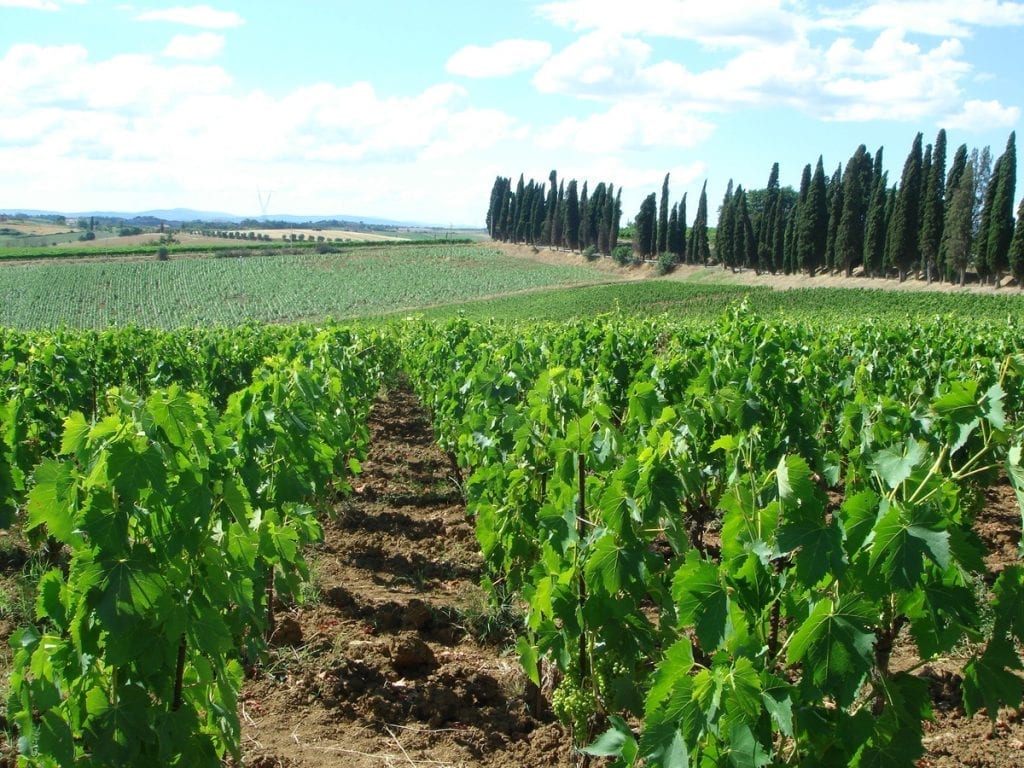
When we want to grow one of the most important things we have to do is study the soil we have, since depending on its characteristics we can be more successful with some plants than with others. And the frank is one of the best, if not the most.
But What is the composition of loamy soil? And why is it so interesting to grow?
What is the composition of the loamy soil?

Loam soil is one of the types of soil with the highest agricultural productivity, since it has a proportion of sand, silt and clay suitable for crops (or at least, for the most important ones). What is the composition? Well, Although it may vary a bit, it is considered to have the following:
- 45% sand
- 40% slime
- 15% clay
Variations
Sandy loam soil
It is that has more sand than optimal. They have a rough texture, and when you take a handful it cannot be molded. Also, stain the hand.
Clay loam soil
It is the one with more clay than is considered optimal. The texture is somewhat softer than that of the sandy loam, but it differs from it by the color that is darker, and by being able to mold it. It also leaves residue on your hands, although nothing that water won't remove quickly 😉.
How is it recognized?
It is not difficult to recognize as its color is almost black. When you see a land that is that color, you will know that it is very, very fertile due to its high content of organic matter. But also, loam soil has these other characteristics:
- It has good water retention and filtration capacity.
- It does not compact.
- It has the necessary nutrients for crops.
- It does not get waterlogged.
- It is brown or dark brown in color.
The importance of knowing the soil of the garden or orchard

On the planet we live on there are different types of soils, some more acidic, others more clayey, some with better or worse drainage, with more or less nutrients, and so on. Depending on the properties of each of the types, some plants or others will grow. Thus, for example, in acidic or slightly acidic soils that we find in the mountains of Japan, the japanese maples (Acer palmatum), while in the clay of the Mediterranean region we will find the most beautiful olives (Olea europaea) of the world.
Does this mean that the Japanese maple cannot grow in the Mediterranean and that the olive tree would not grow in Japan? Well, if we focus on garden or orchard soils, the answer is no, because depending on the acidity or alkalinity of the soil, there will be certain nutrients that, although they may be there, will not be available for the roots to absorb. .
Continuing with the example, the Japanese maple in clay soil would have iron deficiencies above all, which would cause its leaves to become chlorotic (yellowish, leaving the nerves green); On the other hand, the olive tree in acidic soil would have calcium deficiencies, which would affect its development and growth, which would be slower, and also would weaken over time, thus attracting insects that cause pests.
But apart from its alkalinity or acidity, it is very important to know if that soil has good drainage or not; that is, if when it rains or irrigates it is able to absorb water quickly. In general, drainage is considered good if the soil absorbs water from a 50cm x 50cm hole in a maximum time of one hour. If it takes longer, or if it takes several days, you can only plant plants that can withstand waterlogging, such as willows for example.
Here you have more information:

Is loam good for all plants?

You may think that this type of soil is good for practically all plants, but the truth is that it is not. If you want to have a garden that gives you a good production, without a doubt this type of soil is the ideal for you to achieve your goal, but if what you want is enjoy a lush gardenYou will also be able to achieve it with this land.
Anyway, so that there are no problems of any kind, the ideal thing is that you take a look at the gardens, parks and orchards that are in your area. In this way you will be able to know which plants do well, taking into account the soil but also the climate.
Plants that will NOT do well in loamy soil
There are certain plants that will not do well in it, and they are:
Acidophilic plants
We have talked about the Japanese maple, but there are also others such as azaleas, camellias, gardenias, heather y many others, which would have many problems in loamy soils, especially if they are loamy-clayey since the pH (or potential hydrogen, which measures how acidic a substance is, whether liquid or not) is very high for them, higher than 7.
These plants will only grow well in soils with a pH between 4 to 6, as this is where they will find the iron they so badly need for proper development.
Carnivorous plants
Carnivorous plants are all those that have developed some type of trap to catch their prey, such as Dionaea, Sarracenia or Drosera, among other. The reason for producing these traps is because find so little nutrients in the soil that they must satisfy their 'hunger' by trapping small insects and digesting their bodies.
The loamy soil is quite fertile, so that the roots of these plants would get 'burned', as when we fertilize in excess.
What did you think of this topic? Did you know the magnificent characteristics of the loamy soil?
Great exhibition; Specific, punctual and very illustrative, they should publish a specialized article regarding the preparation of land for different crops such as blueberries, avocados, asparagus and lemons.
greetings from Lima, Peru.
Hello Jorge.
Thank you, Look, I leave you the links of the file blueberries, avocado, asparagus y lemon trees, in case they can help you 🙂
Greetings.
I have loved the informative content of this platform, but I would like to know the year of publication of this work. Thanks. Greetings from Cajamarca-Peru.
Hi Jonathan.
Thank you. The article was published in 2019.
Greetings from Spain 🙂